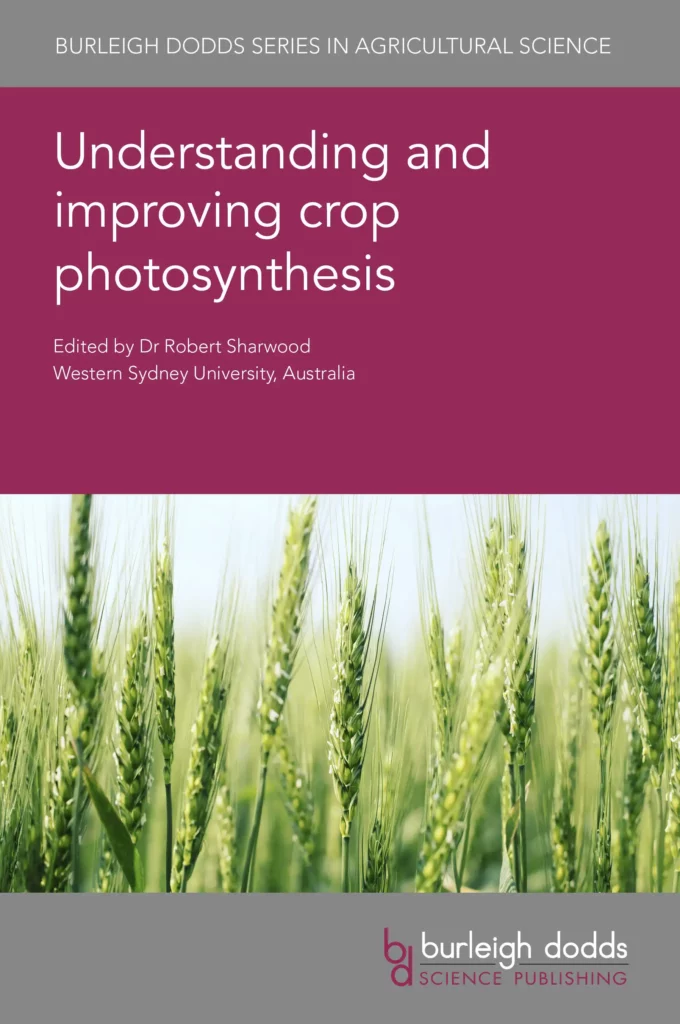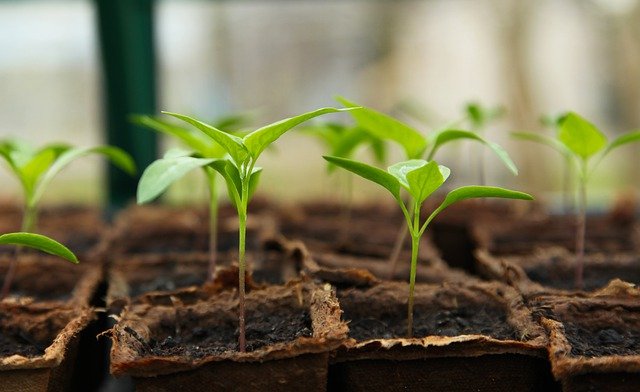Johannes Kromdijk, University of Cambridge, UK and Carl R. Woese Institute for Genomic Biology, University of Illinois at UrbanaChampaign, USA; and Julia Walter, University of Cambridge, UK
Introduction
The conversion of energy from the sun into biochemical energy by plants and other photosynthetically competent organisms drives and sustains life on the earth. While the ability to perform photosynthesis provides autotrophic growth, it can be a double-edged sword. Even for non-photosynthetic organisms, exposure to sunlight can be treacherous, as anyone who has spent a little too much time in the sun will know (the global market for after-sun products currently amounts to ~US$2 billion – Statista, 2021). However, in photosynthetic organisms, the light-harvesting antennae, which are used to collect and concentrate the radiant energy for photochemistry, aggravate the risk of overexposure, precisely because of their function.
Light harvesting and photochemistry
In higher plants, the photosynthetic light-dependent reactions are organised into two photosystems, which harvest light energy to drive redox chemistry in their reaction centres. The light-absorbing cross-section of these photosystems is greatly enlarged by pigment-binding antenna proteins surrounding the core. These antenna proteins are members of the light-harvesting complex superfamily (named a or b for photosystem I or II, respectively) and bind lightabsorbing pigments in configurations that allow absorbed energy to efficiently flow from the site of absorption to the reaction centre in the core of each photosystem.
In the reaction centres, a special pair of chlorophylls forms an energy trap to concentrate the energy flux from the surrounding antennae. This energy is used to start electron transfer. Photosystem II (PSII) forms a homodimeric complex and, moving from the reaction centre proteins D1/D2 outwards, consists of the CP47 and CP43 core proteins, Lhcb4, Lhcb5 and Lhcb6 (CP29, CP26 and CP24) minor distal antennae, and the major distal antennae Lhcb1, Lhcb2 and Lhcb3 (Jansson, 1994), which are involved in light harvesting. Whereas the core and minor antennae are present as monomers, the major antennae form homotrimers of Lhcb1 or heterotrimers of Lhcb1/2 and Lhcb1/3 (Jansson, 1999), which are classified as strongly (S), moderately (M) or loosely (L) bound, corresponding to specific binding positions around the PSII core. In contrast to PSII, photosystem I (PSI) in higher plants is formed by a monomeric core complex, which coordinates most chlorophyll and carotenoid pigments of PSI. The absorption cross-section of PSI is further enhanced by four peripheral antenna pigment-protein complexes, Lhca1, Lhca2, Lhca3 and Lhca4, which are arranged in a half-moon shape of two heterodimers (Lhca1/4 and Lhca2/3) around the core (Qin et al., 2015).

This blog contains an excerpt from Relaxing non-photochemical quenching (NPQ) to improve photosynthesis in crops – a chapter included in: Understanding and improving crop photosynthesis.
The chapter has been published under an Open Access license and can be read in full here.
Use code PHOTO20 to receive 20% off your purchase of the book via www.bdspublishing.com. Discount code expires 31st May 2023.






